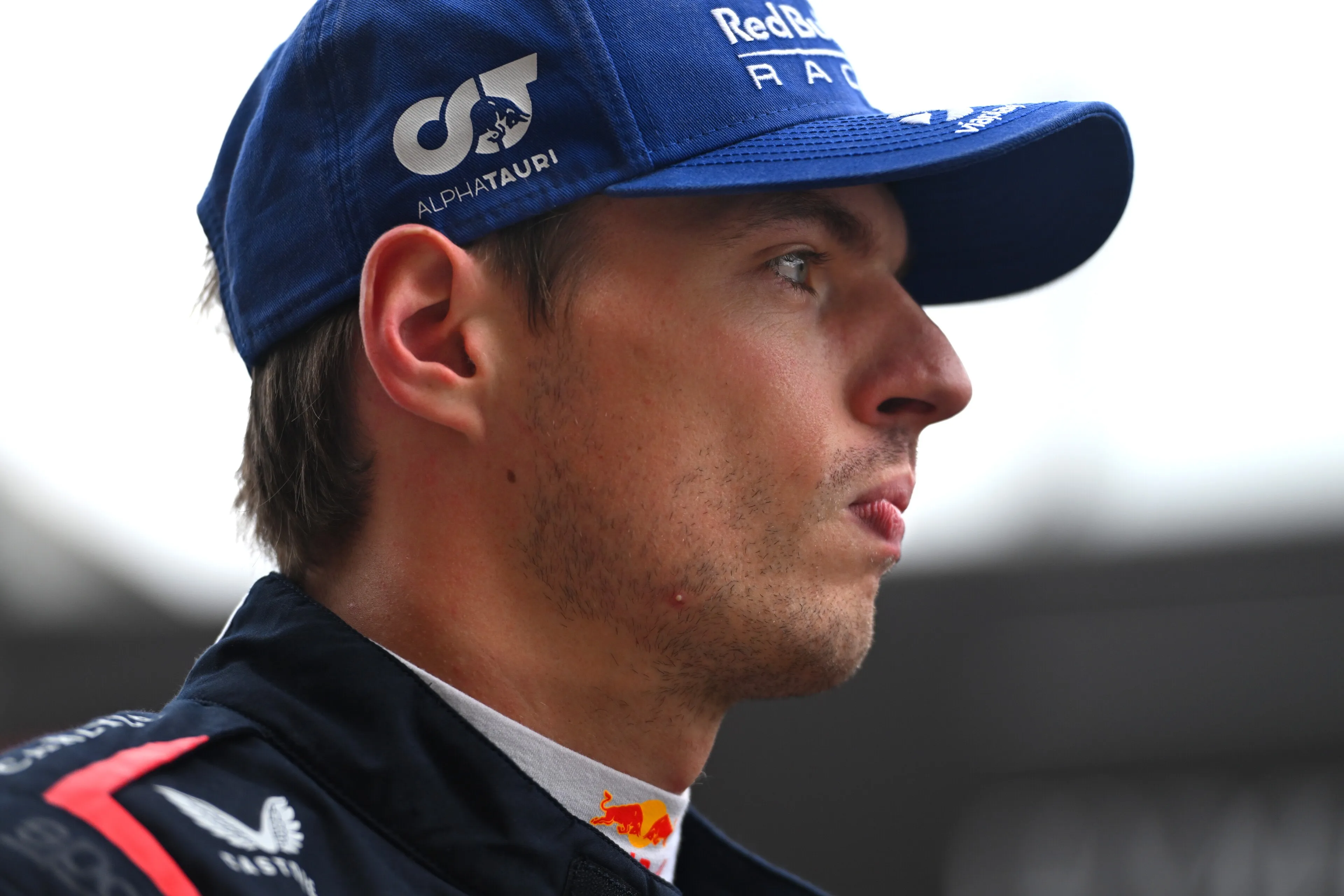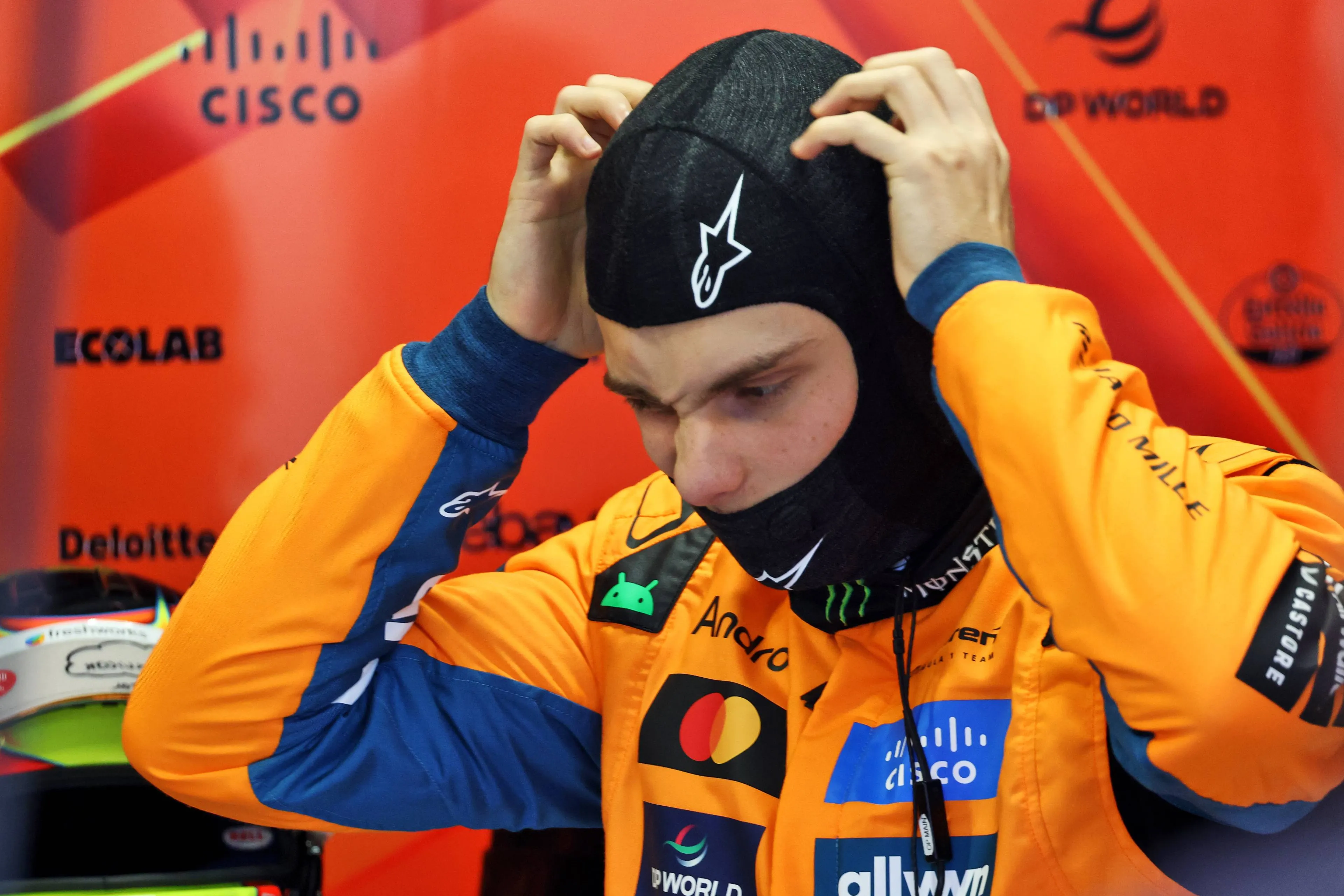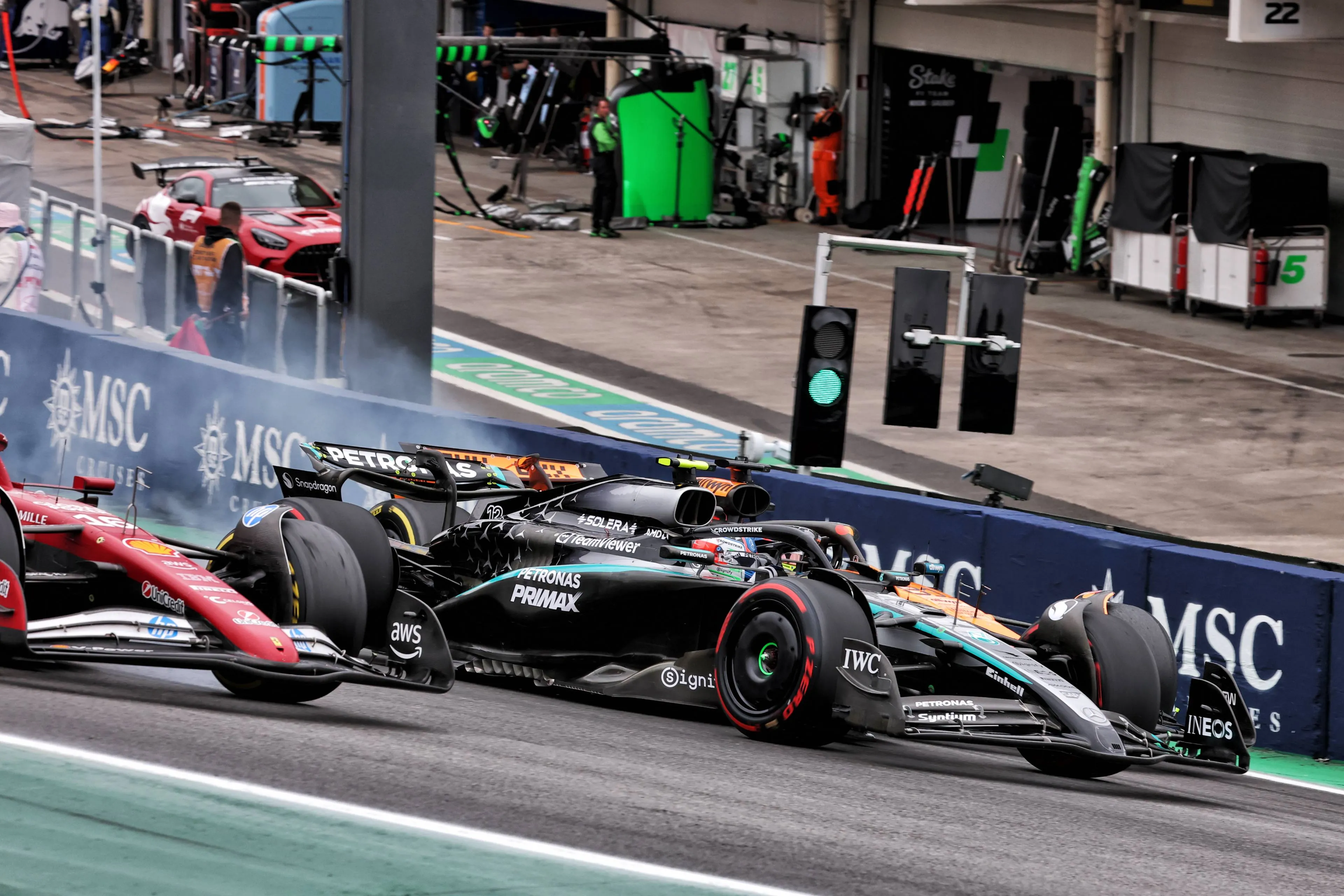Interlagos
The Autódromo José Carlos Pace, widely known as Interlagos, is one of the most iconic and challenging circuits on the Formula 1 calendar. Located in São Paulo, Brazil, the track’s history dates back to 1940, though it wasn’t until 1973 that it became a fixture on the Formula 1 race calendar.
With its rolling hills, unpredictable weather, and passionate Brazilian fans, Interlagos has become a favorite among drivers and spectators alike. The circuit is notorious for its physical demands on drivers and its unique counterclockwise layout, which sets it apart from most other F1 tracks. Despite its challenges, it has witnessed some of the most dramatic and memorable races in Formula 1 history.
Circuit Layout and Features
Interlagos is known for its elevation changes and bumpy surface, both of which make it a demanding circuit for teams to set up their cars correctly. The track layout consists of 15 corners, and the undulating terrain adds to the difficulty, forcing drivers to adjust their driving styles accordingly. The track is also one of the few on the calendar that runs in the counterclockwise direction, putting additional strain on a driver’s neck and upper body.
The circuit's famous final sector is particularly challenging. It includes several tight turns that lead onto the long, high-speed straight towards the start/finish line. This section provides thrilling opportunities for overtaking, and its layout often determines the outcome of the race.
Iconic Races at Interlagos
Interlagos has been the setting for countless thrilling and memorable races. Victories of Brazilian F1 legend Ayrton Senna in 1991 and 1993 will forever go down in history as iconic events in Sao Paulo. His emotional victories in front of his home crowd solidified his status as one of the sport’s greatest drivers.
In 2016 Brazil provided one of the most memorable F1 races in recent history, Lewis Hamilton secured the win, but Max Verstappen stole the spotlight. After making an extra pit stop, Verstappen charged from 16th place to finish on the podium in third, showcasing his extraordinary wet-weather skills. In 2019 Max Verstappen finally took his first-ever victory at Interlagos. While he had already secured multiple wins that season, this victory proved significant, marking his arrival as one of the top drivers in Formula 1.
Lewis Hamilton eventually won the race in 2021 after an intense battle with Verstappen, who had led for a significant portion of the race. Verstappen’s attempts to outmaneuver Hamilton were ultimately thwarted, as Hamilton made a stunning comeback to win the race.
Lewis Hamilton in the Brazilian GP
Hamilton won this event on his tenth attempt in 2016 for the first time, since his debut in 2007 the Brit claimed seven podiums including three victories around the Interlagos track. The seven-time world champion often lost out in battles with Sebastian Vettel, Nico Rosberg, or Max Verstappen at the Brazilian GP.
One of his most memorable races at the venue, however, was the 2021 edition. In a Sprint weekend, the Mercedes driver started last in the Sprint Race before climbing up to fifth. A penalty, however, set him back to a tenth starting place in the Grand Prix. It did not matter, as he dominantly charged to victory, beating Max Verstappen to the line. This result kept his title hopes alive.
Why Interlagos is Special
The track involves elevation changes and challenging conditions: the undulating terrain makes Interlagos one of the most physically demanding circuits. Drivers must deal with the high-altitude conditions and track layout that tests their skill and endurance. Furthermore, it is built with a counterclockwise layout, which forces drivers to adjust their neck and body positions, adding to the physical challenge of the race. The track has also seen many thrilling title battles, including memorable performances by Ayrton Senna, Michael Schumacher, and Lewis Hamilton. And last but not least, Interlagos is known for its unpredictable weather and fast, exciting corners, which often lead to breathtaking overtakes and intense racing.
Popular on GPBlog

Aston Martin has informed staff following rumors about Horner’s arrival

Marko identifies Verstappen's problem during Sprint Qualifying

This is the provisional grid for the F1 Qatar GP sprint race





